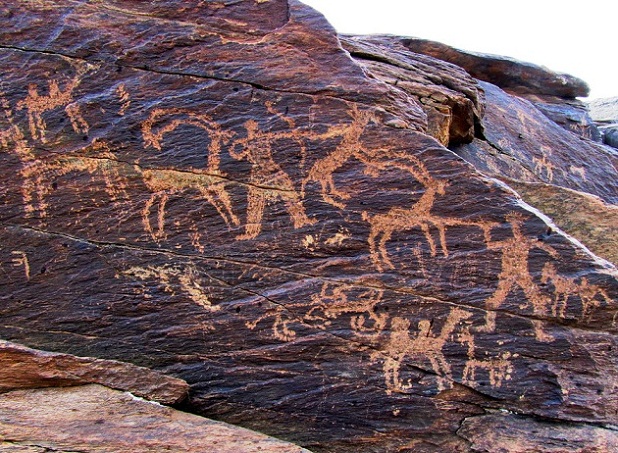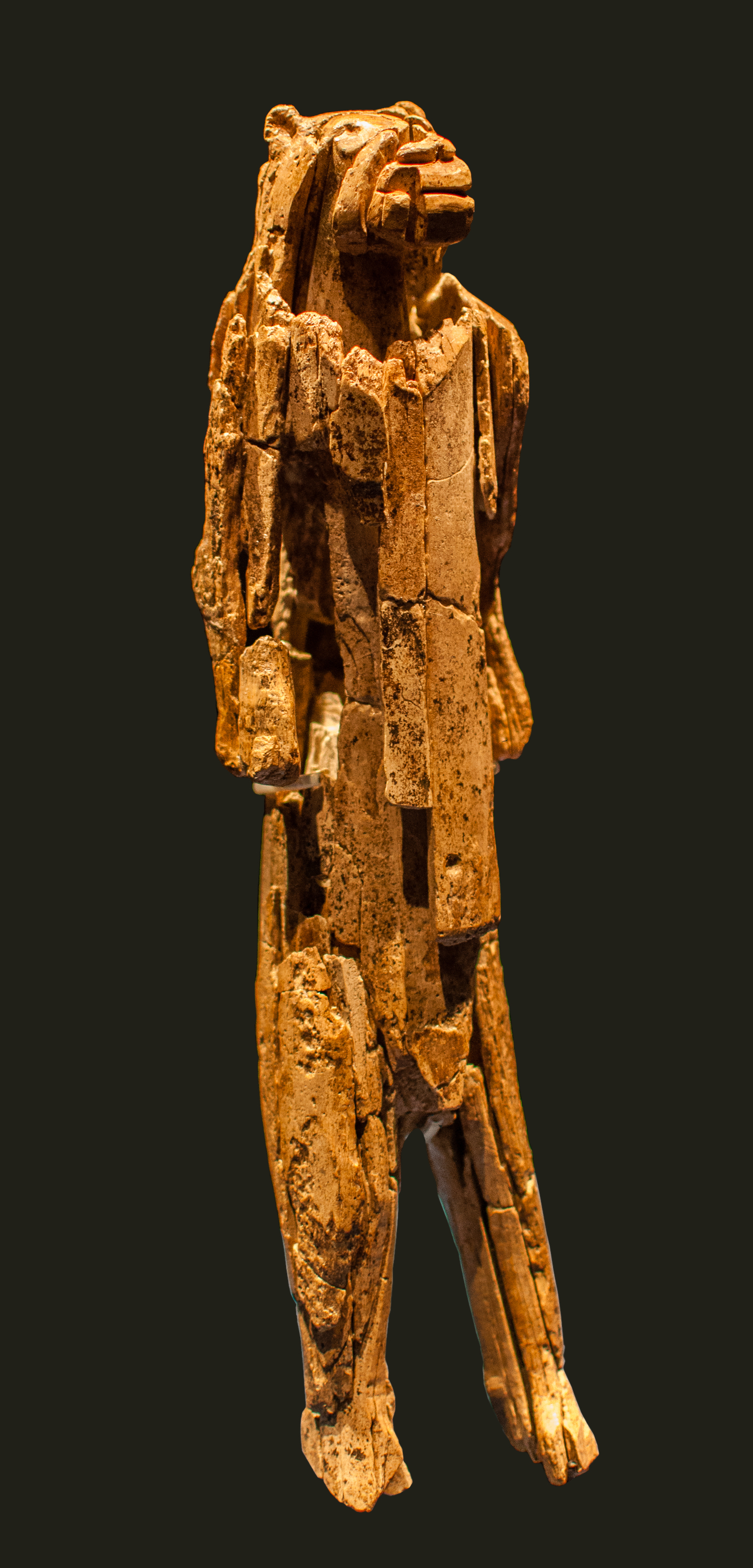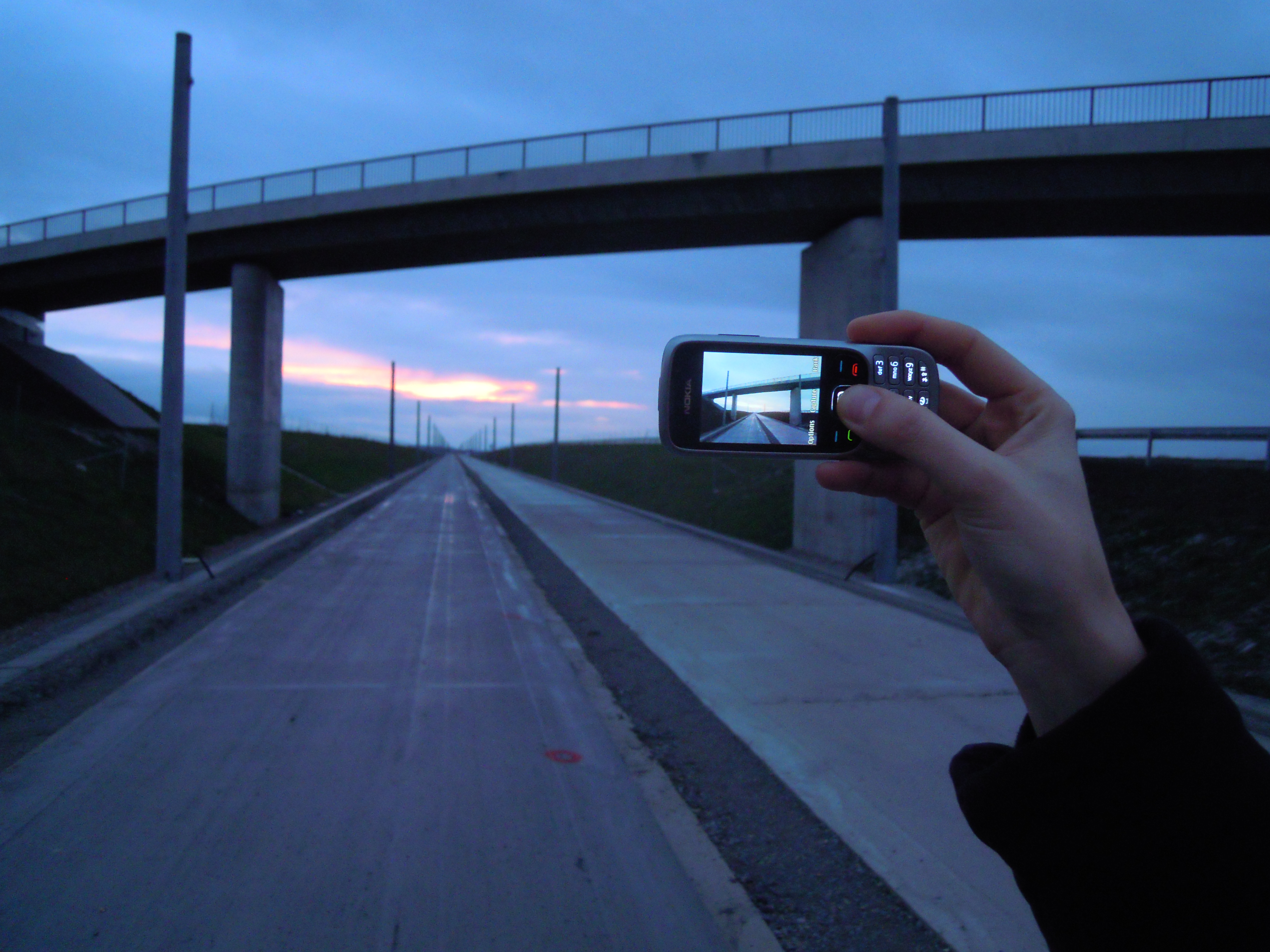|
Petroglyph
A petroglyph is an image created by removing part of a rock surface by incising, picking, carving, or abrading, as a form of rock art. Outside North America, scholars often use terms such as "carving", "engraving", or other descriptions of the technique to refer to such images. Petroglyphs, estimated to be 20,000 years old are classified as protected monuments and have been added to the tentative list of UNESCO's World Heritage Sites. Petroglyphs are found worldwide, and are often associated with prehistoric peoples. The word comes from the Greek prefix , from meaning " stone", and meaning "carve", and was originally coined in French as . In scholarly texts, a ''petroglyph'' is a rock engraving, whereas a '' petrograph'' (or ''pictograph'') is a rock painting. In common usage, the words are sometimes used interchangeably. Both types of image belong to the wider and more general category of rock art or parietal art. Petroforms, or patterns and shapes made by man ... [...More Info...] [...Related Items...] OR: [Wikipedia] [Google] [Baidu] |
Parietal Art
In archaeology, rock arts are human-made markings placed on natural surfaces, typically vertical stone surfaces. A high proportion of surviving historic and prehistoric rock art is found in caves or partly enclosed rock shelters; this type also may be called cave art or parietal art. A global phenomenon, rock art is found in many culturally diverse regions of the world. It has been produced in many contexts throughout human history. In terms of technique, the four main groups are: * cave paintings, * petroglyphs, which are carved or scratched into the rock surface, * sculpted rock reliefs, and * geoglyphs, which are formed on the ground. The oldest known rock art dates from the Upper Palaeolithic period, having been found in Europe, Australia, Asia, and Africa. Anthropologists studying these artworks believe that they likely had magico-religious significance. The archaeological sub-discipline of rock art studies first developed in the late-19th century among Francophone scho ... [...More Info...] [...Related Items...] OR: [Wikipedia] [Google] [Baidu] |
Kamyana Mohyla
Kamyana Mohyla (; ) is an archaeological site in the Molochna River () valley, about a mile from the village of Terpinnia, Zaporizhzhia Oblast, Ukraine. Petroglyphs of Kamyana Mohyla are dated from Upper Paleolithic (Kukrek culture) to Medieval, with Stone Age depictions subjected to most archaeological interest. The site is listed on the List of World Heritage Sites in Ukraine#Tentative list, Tentative List of World Heritage Sites in Ukraine. The site encompasses a group of isolated blocks of sandstone, up to twelve meters in height, scattered around an area of some 3,000 sq m. As Noghai legend has it, it resulted from a scuffle of two baghaturs who took turns throwing rocks at each other. In truth, the site had its origins in a sandbank of the Tethys Ocean. For a long time it was an island in the Molochna River, which has since been silted up and now flows a short distance to the west. It is thought to represent the only sandstone outcrop in the Azov-Kuban Depression. The sha ... [...More Info...] [...Related Items...] OR: [Wikipedia] [Google] [Baidu] |
North America
North America is a continent in the Northern Hemisphere, Northern and Western Hemisphere, Western hemispheres. North America is bordered to the north by the Arctic Ocean, to the east by the Atlantic Ocean, to the southeast by South America and the Caribbean Sea, and to the south and west by the Pacific Ocean. The region includes Middle America (Americas), Middle America (comprising the Caribbean, Central America, and Mexico) and Northern America. North America covers an area of about , representing approximately 16.5% of Earth's land area and 4.8% of its total surface area. It is the third-largest continent by size after Asia and Africa, and the list of continents and continental subregions by population, fourth-largest continent by population after Asia, Africa, and Europe. , North America's population was estimated as over 592 million people in list of sovereign states and dependent territories in North America, 23 independent states, or about 7.5% of the world's popula ... [...More Info...] [...Related Items...] OR: [Wikipedia] [Google] [Baidu] |
Petroforms
Petroforms, also known as boulder outlines or boulder mosaics, are human-made shapes and patterns made by lining up large rocks on the open ground, often on quite level areas. Petroforms in North America were originally made by various Native American and First Nation tribes, who used various terms to describe them. Petroforms can also include a rock cairn or inukshuk, an upright monolith slab, a medicine wheel, a fire pit, a desert kite, sculpted boulders, or simply rocks lined up or stacked for various reasons. Old World petroforms include the Carnac stones and many other megalithic monuments. Definition Petroforms are shapes and geometrical patterns made from arranging large rocks and boulders, often over large areas of open ground, unlike the smaller petroglyphs and graphs which are inscribed on rock surfaces. They were originally made in North America by native peoples for astronomical, religious, sacred, healing, mnemonic devices, and teaching purposes. The specific na ... [...More Info...] [...Related Items...] OR: [Wikipedia] [Google] [Baidu] |
Pictograph
A pictogram (also pictogramme, pictograph, or simply picto) is a graphical symbol that conveys meaning through its visual resemblance to a physical object. Pictograms are used in systems of writing and visual communication. A pictography is a writing system which uses pictograms. Some pictograms, such as hazard pictograms, may be elements of formal languages. In the field of prehistoric art, the term "pictograph" has a different definition, and specifically refers to art painted on rock surfaces. Pictographs are contrasted with petroglyphs, which are carved or incised. Small pictograms displayed on a computer screen in order to help the user navigate are called '' icons''. Historical Early written symbols were based on pictograms (pictures which resemble what they signify) and ideograms (symbols which represent ideas). Ancient Sumerian, Egyptian, and Chinese civilizations began to adapt such symbols to represent concepts, developing them into logographic writing systems. Pic ... [...More Info...] [...Related Items...] OR: [Wikipedia] [Google] [Baidu] |
Upper Paleolithic
The Upper Paleolithic (or Upper Palaeolithic) is the third and last subdivision of the Paleolithic or Old Stone Age. Very broadly, it dates to between 50,000 and 12,000 years ago (the beginning of the Holocene), according to some theories coinciding with the appearance of behavioral modernity in early modern humans. It is followed by the Mesolithic. Anatomically modern humans (i.e. ''Homo sapiens'') are believed to have emerged in Africa around 300,000 years ago. It has been argued by some that their ways of life changed relatively little from that of archaic humans of the Middle Paleolithic, until about 50,000 years ago, when there was a marked increase in the diversity of Artefact (archaeology), artefacts found associated with modern human remains. This period coincides with the most common date assigned to early human migrations, expansion of modern humans from Africa throughout Asia and Eurasia, which may have contributed to the Neanderthal extinction, extinction of th ... [...More Info...] [...Related Items...] OR: [Wikipedia] [Google] [Baidu] |
Golpayegan
Golpayegan () is a city in the Central District of Golpayegan County, Isfahan, Iran, serving as capital of both the county and the district. The city is northwest of Isfahan and southeast of Arak, at an altitude of 1,830 m. Its temperature fluctuates between +37 and -10 °C. Its average annual rainfall is 300 mm. History According to Ḥamd-Allāh Mostawfi, the town of Golpāyegān was built by the daughter of Bahman, named Samra, also known as Homāy Bente Bahman in Persian. After Parsadan Gorgijanidze was dismissed from his post as prefect (''darugheh'') of Isfahan, he was appointed as the new ''eshik-agha'' ( Master of Ceremonies) and given five villages in the confines of Golpayegan as a fief by king (''shah'') Abbas II (r. 1642-1666). Historically, the name of the town has been recorded as Karbāyagān; Jarbāḏaqān; Darbāyagān; and Golbādagān. Golpayegan Kebab is unique and made from endemic cows, it is registered in Iranian intangible heritag ... [...More Info...] [...Related Items...] OR: [Wikipedia] [Google] [Baidu] |
Image
An image or picture is a visual representation. An image can be Two-dimensional space, two-dimensional, such as a drawing, painting, or photograph, or Three-dimensional space, three-dimensional, such as a carving or sculpture. Images may be displayed through other media, including a Projector, projection on a surface, activation of electronic signals, or Display device, digital displays; they can also be reproduced through mechanical means, such as photography, printmaking, or Photocopier, photocopying. Images can also be Animation, animated through digital or physical processes. In the context of signal processing, an image is a distributed amplitude of color(s). In optics, the term ''image'' (or ''optical image'') refers specifically to the reproduction of an object formed by light waves coming from the object. A ''volatile image'' exists or is perceived only for a short period. This may be a reflection of an object by a mirror, a projection of a camera obscura, or a scene d ... [...More Info...] [...Related Items...] OR: [Wikipedia] [Google] [Baidu] |
UNESCO
The United Nations Educational, Scientific and Cultural Organization (UNESCO ) is a List of specialized agencies of the United Nations, specialized agency of the United Nations (UN) with the aim of promoting world peace and International security, security through international cooperation in education, arts, sciences and culture. It has 194 Member states of UNESCO, member states and 12 associate members, as well as partners in the Non-governmental organization, non-governmental, Intergovernmental organization, intergovernmental and private sector. Headquartered in Paris, France, UNESCO has 53 regional field offices and 199 National Commissions for UNESCO, national commissions. UNESCO was founded in 1945 as the successor to the League of Nations' International Committee on Intellectual Cooperation.English summary). UNESCO's founding mission, which was shaped by the events of World War II, is to advance peace, sustainable development and human rights by facilitating collaboratio ... [...More Info...] [...Related Items...] OR: [Wikipedia] [Google] [Baidu] |




